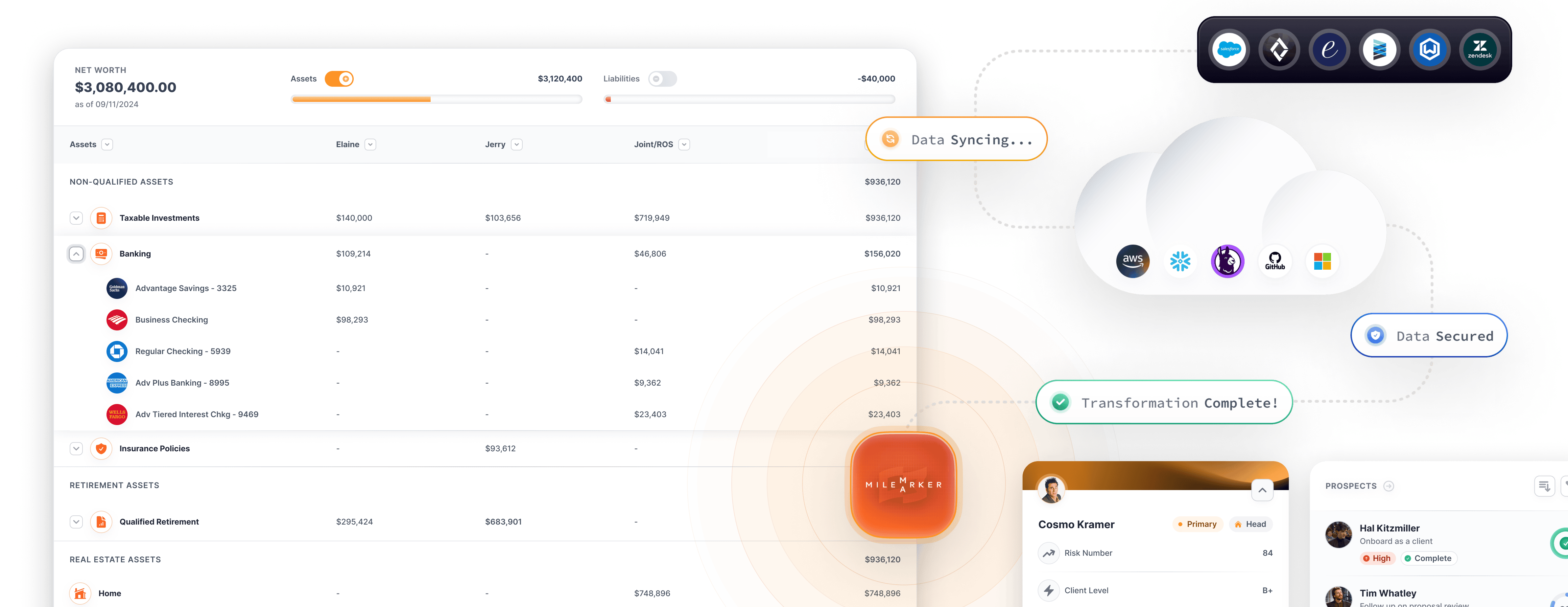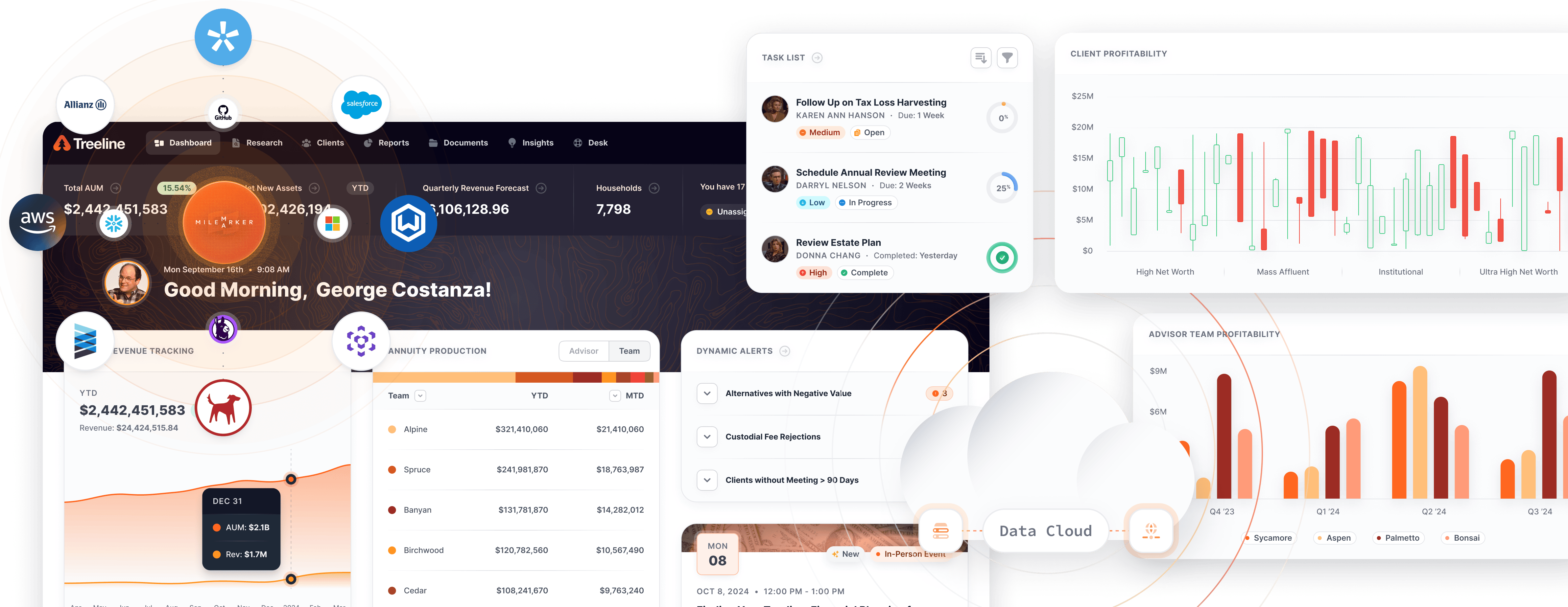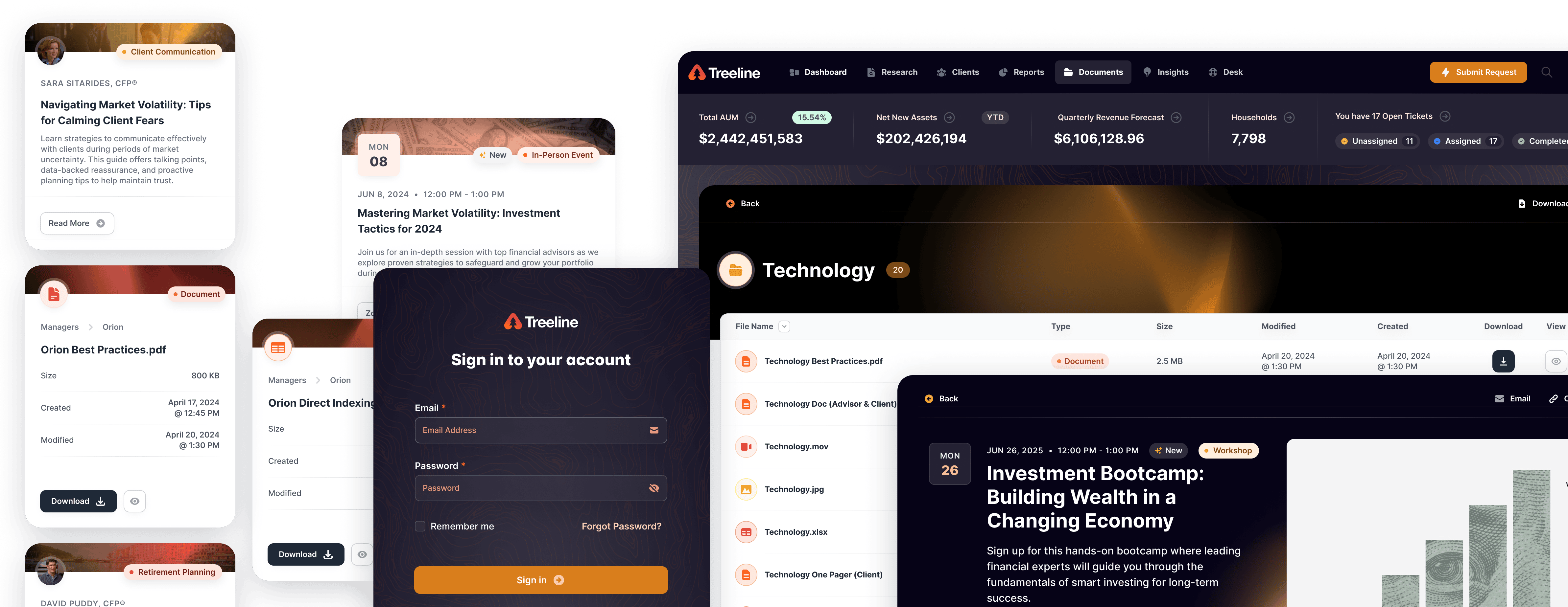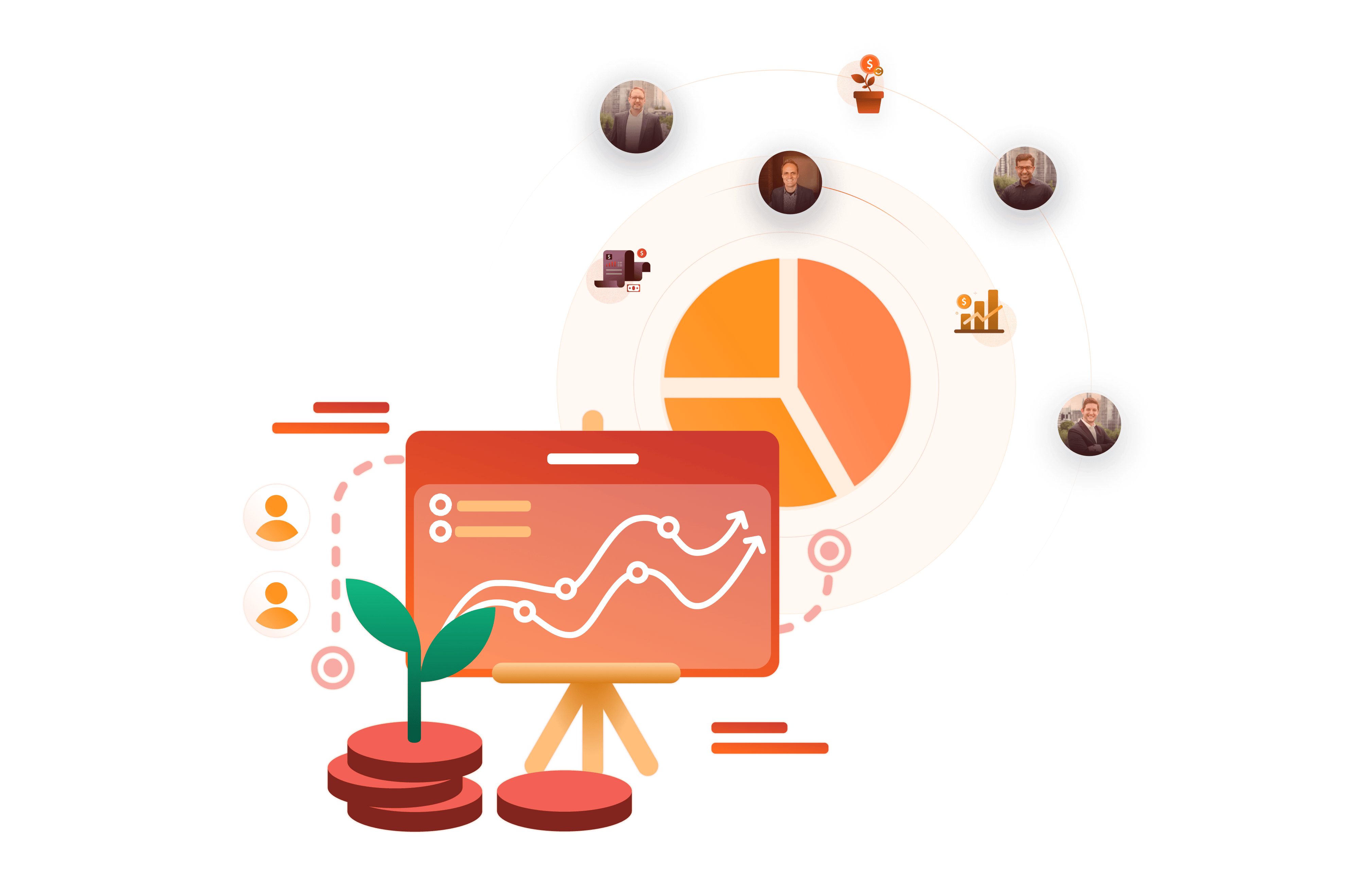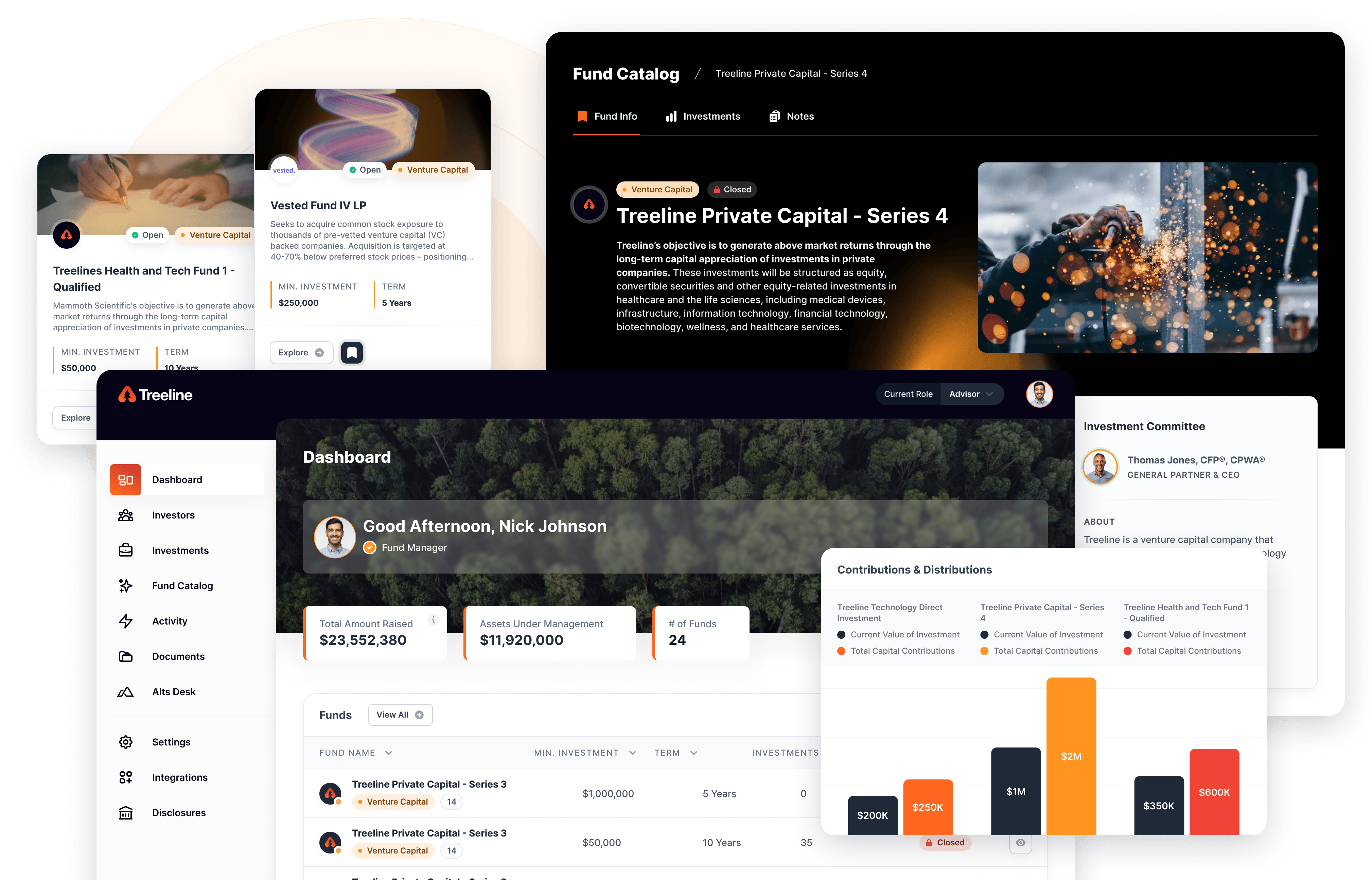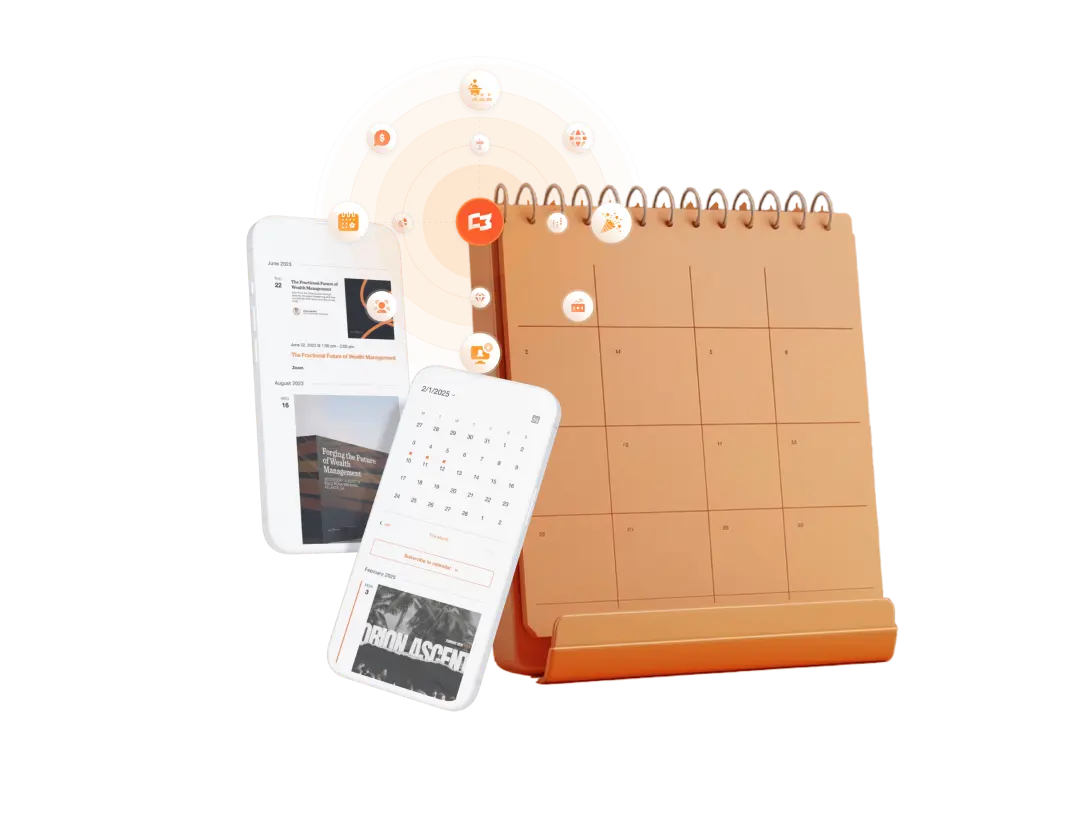TL;DR – Selecting your own technology stack won’t make your business good, but implementing technology has six separate but related areas that can set you apart.
The Proof is in the Pudding
Everybody eats. We select ingredients and figure out what our next meal will be. Unfortunately, just purchasing the right ingredients will never make you a good cook.
The same is true for technology. You can purchase all the right software ingredients and still wind up with an end result that’s unpalatable.
What’s the Secret Sauce?
Just selecting tech doesn’t make your business good. Implementing your technology in a way that bring about adoption makes your business good. There are six separate but related areas that can set you apart when you implement tech:
- Operational Quality – running the production systems
- Technology Solution Delivery Quality- delivering new functionality
- Organizational Quality – having an engaged workforce
- Financial Quality – keeping costs in line
- Transformational Quality – exploiting the capabilities of new technology
- Integration Quality – how your systems work together
Let’s take a closer look.
 Operational Quality
Operational Quality
Start with the basics of business operations to provide the foundations for analyzing your own metrics and KPIs you need to grow. Evaluating your operational quality involves taking long looks at marketing, sales, human resources, logistics, IT project management, and customer service to evaluate efficiency and discover areas where you can decrease costs.
Where Data Comes In: Using data is crucial to evaluate success and gather insights needed to evaluate your company’s sustainability. Identifying what is working and what is not is one of the invaluable management practices that can decrease costs, determine the progress your business is making, and compare it to your stated goals. Establishing clear operational metrics to evaluate performance is crucial for you to stay competitive in the market.
Technology Solution Delivery Quality
Your technology applications have to be evaluated against the capabilities you were sold. Beyond the functions promised, you should also be interested in the average time it takes to render a screen and you’ll definitely want to measure how often the application is working properly.
Of course, the ultimate question is around adoption. How many of your team members/advisors/clients have incorporated this tool into their process (One quick item to note here is that technology adoption is tied just as much to usability as it is to training and documentation. Evaluating adoption requires an equal look at operations as it does the tool’s user interface, up and load times, as well as outcomes).
Where Data Comes In: When it comes to technology, data is king. The point of applying technology is to gain efficiencies or knowledge that otherwise would not be available from your current team or process. Evaluating where you were before you implemented and after you implemented new technology requires metrics beyond NPS scores and anecdotal user happiness. Metrics around speed or the number of opened and closed cases will allow you to measure performance and profitability.
Organizational Quality
Employee engagement is a fundamental part of evaluating your company’s health. The data you are collecting needs to include not just in the hiring/firing realm, but also data points that may be affecting those decisions.
Where Data Comes In: It’s easy to look at attrition in your firm and only view that as a negative. Data allows you to evaluate for performance (excellent, good, moderate, poor) and keeps you from retaining those who are best served by moving on. You’ll be able to evaluate where you experience real loss and the factors that are likely contributing to talent bleed.
Financial Quality
Nowhere will your budget versus actual report be more important than here. You’ll want to look at both direct expenses (salaries) and intra-company expenses (allocations from other areas). Although direct expenses may seem more controllable, the average cost of outsourced technology resources should prove to be equally important.
Technology costs provide a view into how well managers are controlling costs. Although these costs may be combined with using cheaper outsourced labor or higher priced temporary expertise, you may want to include them as they are often impossible to separate from the tech expenses.
Additionally keeping a running total of the dollars saved from cost initiatives created when your team selects cheaper technology, helps keep the focus on the new technology. Tracking costs by activity (for example: development versus maintenance versus running the systems versus other costs) can highlight areas that need improvement.
Where Data Comes In: This one’s a no brainer. Watching dollars move in and out and comparing to your budget is pretty standard. Knowing why they are moving is what your data can help explain.
Transformational Quality
Exploiting the capabilities of your technology can be difficult for any number of reasons. Typically they can all be summed up in the realm of change management.
Here are a few of the elements you need to transform your processes and people when adding in new software or systems:
- Documented Processes – You can’t make decisions if you don’t know what’s happening. The first step is to document all current processes. Remember to identify risks and impacts right at the beginning of a change and formulate rollout and back-out plans.
- Process Automation Evaluation – Change success depends on being able to move processes from one user to another without delay, disruption or confusion, which means automating as much as possible. Applying the functionality of the tools you already own to the processes you are already following allows you to reach greater efficiency.
- Governance & Change Advisory Board – Be sure you define roles and responsibilities, and provide appropriate access and permissions for your team. Create an effective multit-ier approval system based on different types of changes.
Where Data Comes In: Once you have all of your processes documented, you’ll want to see where the data for those processes is being housed and how you can pull that data into the appropriate view for business intelligence. Ideally, all of your data should be in view as you chart the course of change for your organization.
Integration Quality
A successful data strategy always places data at the forefront of the process when technology decisions need to be made.
For Information Technology decisions a seat at the table means asking…
- How is this system’s data going to integrate with the rest of our data strategy?
- Who will own the data?
- What access will we have to the data?
- How easy will it be to synchronize this system’s data with all our other data?
From an IT perspective, technology decisions should NOT be made only on features and price. But rather they’re also made based on how accessible the data is, who owns the data, and how easy it will be to integrate that data with our overall data strategy. So there’s a lot of questions to dive into.
Where Data Comes In: Data is the centerpiece of all of your integrations.
Figuring out what you need to share within your closed systems and what you need to push or pull outside to your technology partners isn’t an easy task, but it will make the difference in your internal teams, advisor workflows and client experiences, not to mention your firm’s valuation.
Don’t wait for someone else to decide that you need to take cooking classes. This is the quarter for you to set goals around tech stack. Make it work for you so that everything on your plate finally makes sense.
Which process will you start with?


